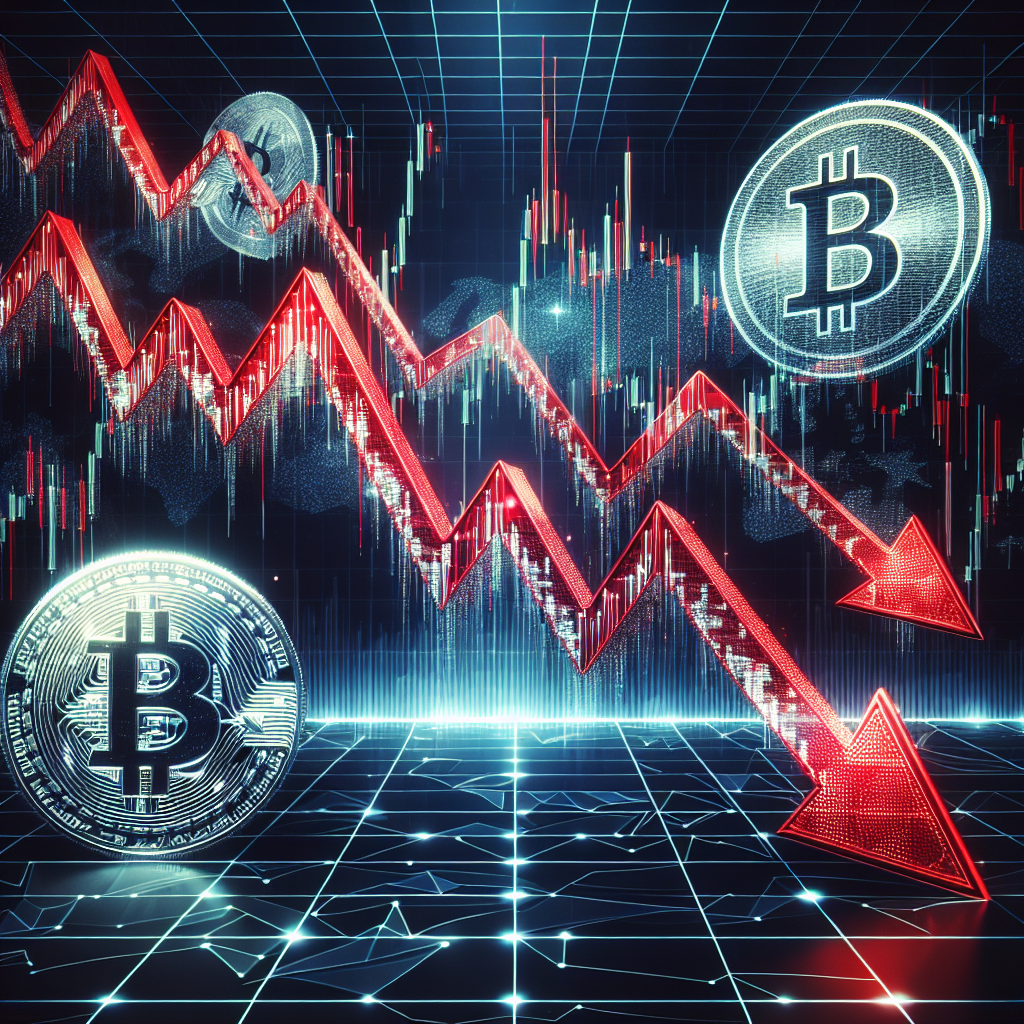Rolling into your daily dose of Asia Morning Briefing: a curated wrap-up of critical events unfolding during U.S. trading hours, coupled with market insights and commentary. For a more granular dig into U.S. market action, check out CoinDesk’s Crypto Daybook Americas.
While last month’s U.S. spotlight dazzled around the GENIUS Act and Circle’s (CRCL) headline-making IPO, stablecoins like USDT and USDC are stealthily scripting Asia’s financial future, quietly but strategically reshaping how cross-border money flows.
Stablecoins as Financial Shields Against Deposit Drain
Banks across Asia are increasingly eyeing stablecoins—not just as gimmicks, but as vital defensive mechanisms to curb deposit flight and recapture slipping transaction revenues. Behind the curtain, these digital anchors are already integral cogs within the region’s intricate financial architecture.
Amy Zhang, Fireblocks’ Head of Asia, shared with CoinDesk that heavyweights in Korea, Japan, and Hong Kong are proactively diving into local-currency stablecoins as a safeguard against these looming risks.
“If I’m not one of the banks banking Circle or banking Tether, am I going to lose deposits?” Zhang pointedly asked, emphasizing the peril hanging over traditional institutions.
In South Korea, a coalition of eight major banks, led by KB Kookmin and Shinhan, aim to roll out a Korean won stablecoin by 2026, a direct countermeasure to the skyrocketing use of USDT and USDC in cross-border transfers.
Japan and Hong Kong’s Stablecoin Pilots
Meanwhile, Japan’s banking titans—MUFG, SMBC, and Mizuho—are beta-testing yen-pegged stablecoins to speed up trade finance and lessen dependence on classic cross-border payment rails. Over in Hong Kong, the Bank of East Asia recently launched trials for its own USD and HKD stablecoin payment network.
Payment service providers (PSPs) aren’t sitting still either; they’re aggressively driving stablecoin uptake, ditching costly legacy banking channels.
“A year ago, PSPs were still wondering if stablecoins were worth the hassle,” Zhang recalled. “Now, they’re saying, ‘I’m handling millions in client flows—I need a wallet that’s up to snuff.’”
Fireblocks, which moved upwards of $3 trillion in digital assets last year, reports that roughly half its transaction volume now involves stablecoins.
Amongst the major drivers, Asian e-commerce giants are leading the way, Zhang noted.
In fact, China’s JD.com reportedly plans to slash supplier payment costs dramatically by adopting stablecoins, perfectly illustrating the trend Zhang highlighted.
Hong Kong’s Tazapay, a PSP, leverages Circle’s USDC to streamline cross-border payments, enabling fast USD and HKD payouts for content creators and gamers in Asia’s emerging markets.
Weekend Boon and Market Preferences
Visa Analytics data reveals weekends see a 30% spike in stablecoin transactions, highlighting their growing role in retail and gig economy payouts.
Tether’s USDT dominates the emerging Asian markets thanks to its deep liquidity and easy access, Zhang remarked, whereas USDC is steadily gaining ground in the region’s strictly regulated financial hubs like Singapore and Hong Kong.
Asia’s banking sector isn’t just adopting stablecoins out of curiosity; defensive use by financial institutions combined with pragmatic corporate deployment signals a quiet yet profound overhaul of the region’s cross-border financial framework. This could well be the next big story in stablecoin evolution.
The pressing question remains: which IPO will seize this emerging wave next?
Bakkt’s Bold $1 Billion Bitcoin Play
Bakkt Holdings (NYSE: BKKT) is gearing up to join the ranks of public firms channeling capital into Bitcoin, as revealed in a recent SEC filing.
The documents lay out plans to raise $1 billion through an amalgam of securities, common and preferred stocks, debt instruments, warrants, and other units, all intended to beef up BTC holdings.
This move aligns with a global surge in corporate Bitcoin treasury strategies, with companies like Japan’s Metaplanet, Korea’s Bridge Biotherapeutics, and U.S.-based Semler Scientific grabbing headlines by adding BTC to their balance sheets.
Yet, the timing is fraught: Bakkt recently lost two of its biggest clients—Bank of America and Webull—who accounted for significant chunks of its loyalty program and crypto service revenues.
Back in February last year, Bakkt sounded alarms over its operational viability. Rumors swirled about Trump Media eyeing an acquisition, though nothing came to fruition.
Currently, Bakkt is reportedly considering selling or winding down its loyalty segment, refocusing its energy on crypto payment systems and trading infrastructure.
Market Pulse
- Bitcoin (BTC): Steady above $107,000 on Thursday in anticipation of a hefty $40 billion options expiry at Deribit, with traders showing no clear directional lean and a max pain price sitting near $102,000. Meanwhile, Core Scientific jumped 33% amid takeover chatter.
- Ethereum (ETH): Hovering around $2,420 while testing key resistance in the $2,500–$2,600 zone, analysts suggest a breakout could catapult ETH to $2,800 or even $4,000, buoyed by dwindling exchange reserves and record user engagement.
- Gold: Dropped to $3,331 despite a softer dollar and declining Treasury yields, as robust U.S. jobless claims and durable goods figures counterbalanced recessionary GDP adjustments and uncertainty over future Fed leadership.
- Nikkei 225: Poised for gains Friday, riding Wall Street’s momentum after the White House played down concerns surrounding imminent tariff agreements.
- S&P 500: Climbed 0.8% Thursday, nearing its all-time high after a remarkable $9.8 trillion bounce from April lows, fueled by easing tariff tensions and rekindled investor confidence.
Crypto Landscape Highlights
- Hong Kong intensifies efforts to cement its position as a crypto hub amid escalating global rivalry.
- The tokenization of real-world assets has surged nearly fivefold over three years.
- Exploring the future trajectory of tokenization in financial markets.




